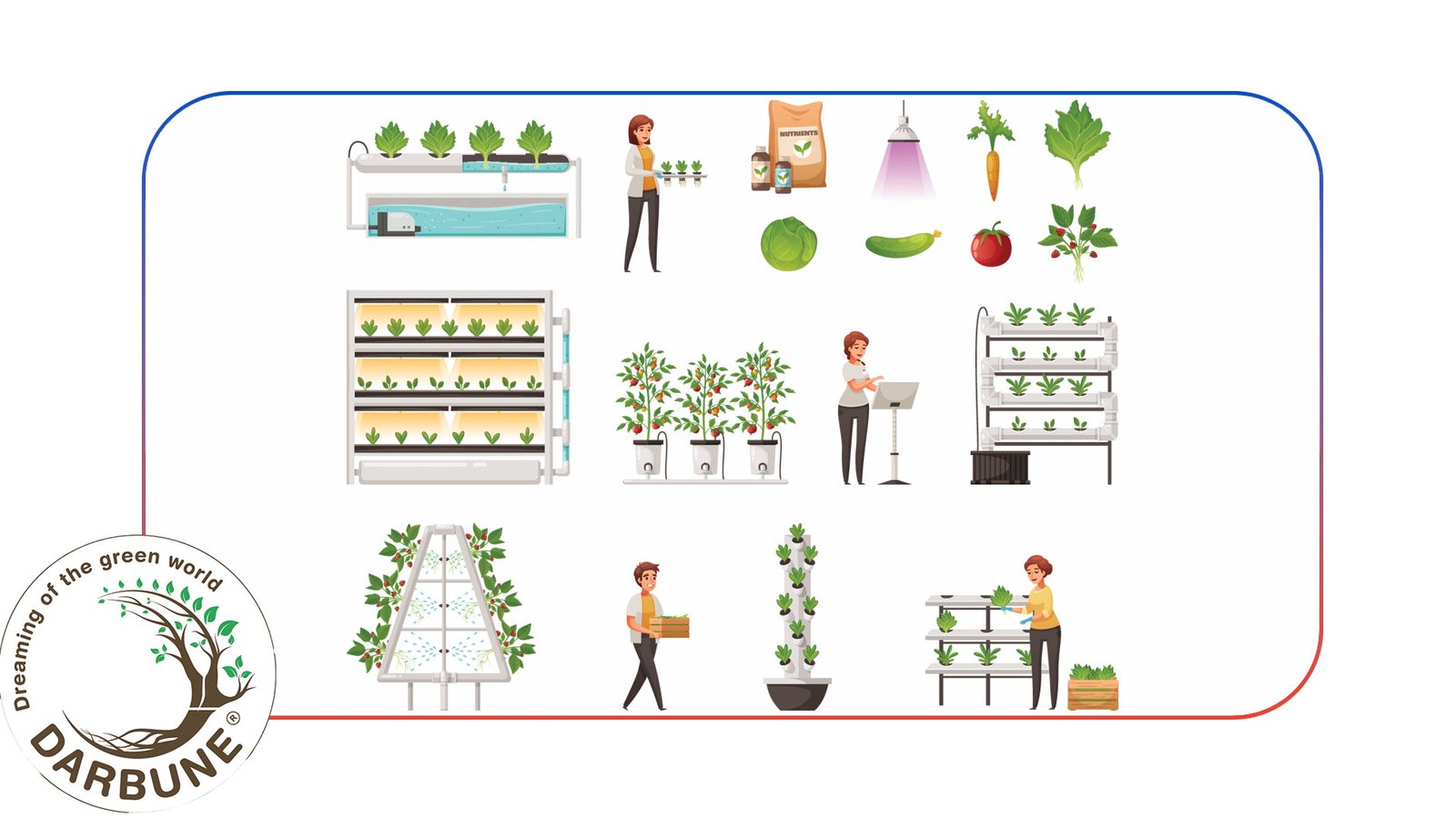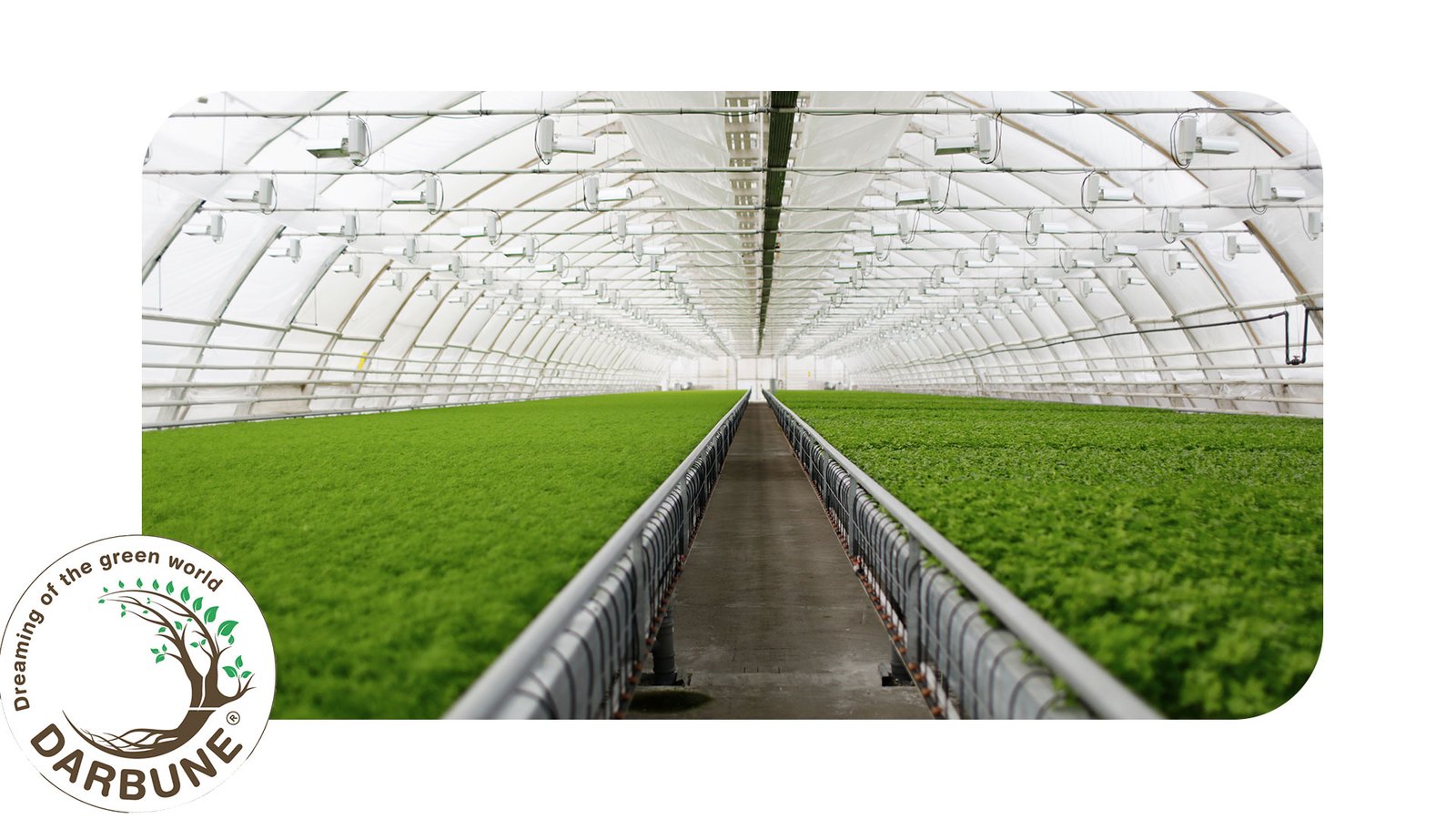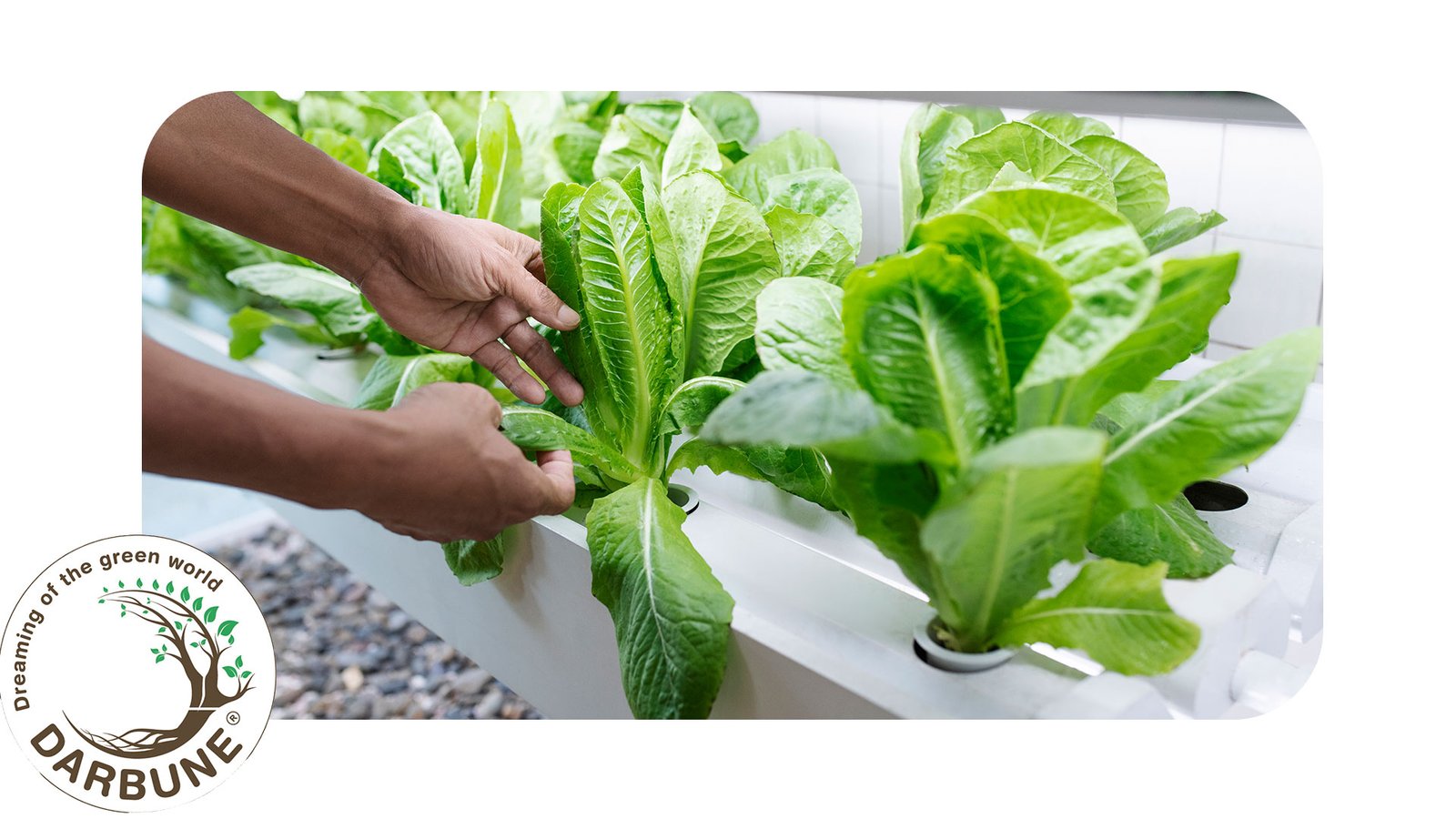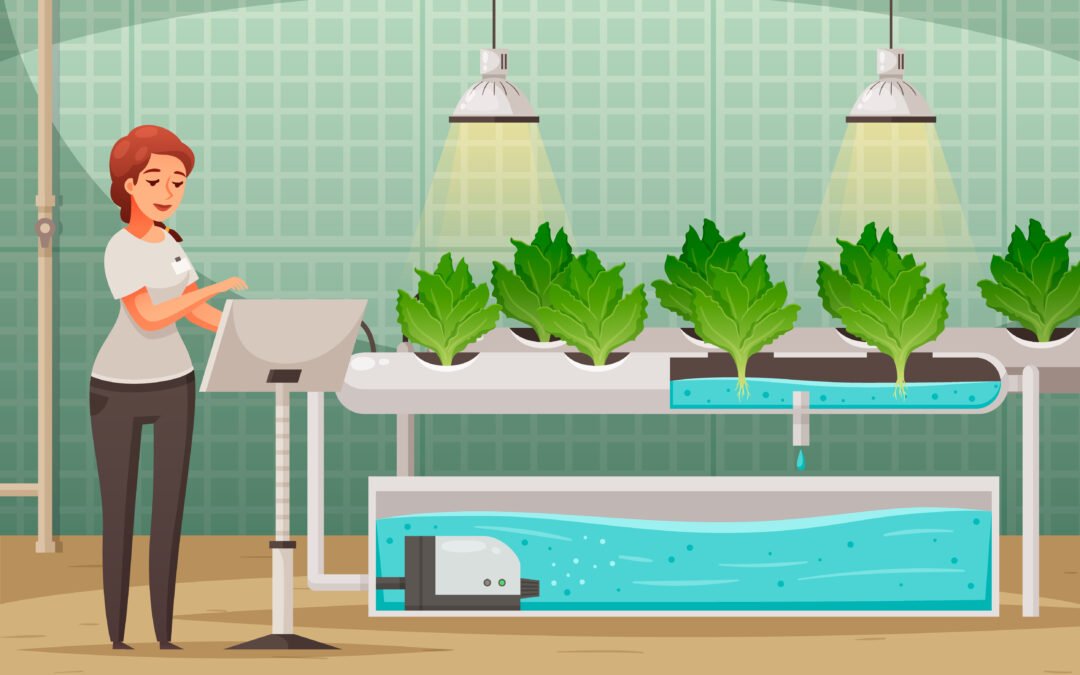Have you ever heard of Hydroponic Farming? With Hydroponic Farming it is actually possible to grow plants without soil.
In simple terms, it is a water-based solution that contains everything that a planet needs to grow, Follow this article to learn more about this technology.

Hydroponic Farming
In this method of growing plants, you do not need soil, you can grow your plants with water-based mineral nutrient solutions, all water and land plants can grow in soil or water if their needed nutrition is there to be absorbed by plants.
But where does all this nutrition come from? They can come from fish waste, duck manure, or specially made nutrition solutions.
You can grow plants like cucumber, tomato, peppers, and strawberries with this type of farming, this method uses less water than the usual amount and the plants growing with this method contain more protein in comparison to other
Types of Hydroponic Farming: Everything You Need to Know

There are six main types of hydroponic farming, and we will provide their concept, the importance of knowing these types of farming is because they are earth-friendly and in today’s world it is too important to consider every detail about Climate change and how we could help, if you do not have enough information about Climate Change, visit our website to read our blog about Climate Change.
Wick System
The Wick System is the simplest method in Hydroponic where a piece of fabric draws nutrient solution from a container to our plant roots, it doesn’t require any electricity so it is kind to Earth and easy to set up and maintain. But it is not suitable for big plants but you can use it for smaller plants because it can not provide enough nutrition for them.
Water Culture
In Water Culture, Hydroponic Farming plants are surrounded by a nutrient solution, and an air pump to provide oxygen for the roots.
You can use this method for fast-growing plants because of the limited support and nutrition it is better to use it for plants such as lettuce not for larger plants.
Ebb and Flow
The Ebb and Flow or food and drain works by drowning plant roots in nutrient solution at set times and then this method drains it back into a container, the requirements for this method are a timer and a pump but it can be used for many plants, but you have to control the filing and draining.
Nutrient Film Technique

The Nutrient Film Technique layers a thin layer of nutrient solutions over the plant roots, and it is all the plant needs to grow, this method is so easy and efficient but it needs a careful setup to work well.
So if you are trying to grow your plants with this method you have to be careful and take your time, if you do not have enough time we do not recommend using this method, you can also check out our Indoor Farming solutions and find the best fit for yourself.
Aeroponics
In this method, the roots of the plants hang out in the air and they are sprayed with a nutrient solution, with this method plants grow quickly and effectively. Because the roots get lots of oxygen, it is good to know that setting up this method is complicated and expensive because it requires special equipment. But despite all of these things, it is an effective solution for growing plants.
Essential Nutrients for Hydroponic Farming
Some Nutrients are essential for Hydroponic Farming, and the plants can not grow without them, if there aren’t enough nutrients for plants they will be withered or dead.
Nitrogen is the most important one, this nutrient helps plants to grow and make food. Nitrogen gives plants a dark green color, the next important nutrient is phosphorus, its work is to help plants transfer energy and grow from roots, it is the key reason why plants produce seeds, flowers, and fruits.
Potassium helps plants stay healthy by resisting diseases it can also help with the gas and water exchange, calcium is essential for plants because it helps the cell members to work and also strengthens them, Magnesium makes chlorophyll and also it activates the enzymes in them.
The last essential nutrient for Hydroponic Farming is sulfur which produces chlorophyll and proteins, Each of them is essential to have a healthy plant and all play a role in keeping them alive.
Advantages and Disadvantages of Hydroponic Farming

Hydroponic Farming has lots of benefits, you can grow any plant all year long, and you do not need to wait a long time for a specific month to have that plant, but for growing special plants like coffee beans check out Coffe Farming solutions on our website.
Your plants also grow better and faster because there is enough oxygen for plants. The other reason is they can grow anywhere and you do not have to worry about this, this method is kind to our environment because it uses way less water than regular farming. So it is logical to change the methods of traditional farming for better ones.
Conclusion
In this article, we explained Hydroponic farming which is soil-free farming that doesn’t require as much water as traditional farming does. We outlined the main methods of Hydroponic Farming with the pros and cons of each of them, we also explained what nutrients plants need, providing each one’s job.
So if you are trying to compare and find the best solution for yourself or simply get informed about this topic, read till the end, if you have any questions about each of the provided methods, feel free to ask our experts in Darbune in the comments section.


Trackbacks/Pingbacks